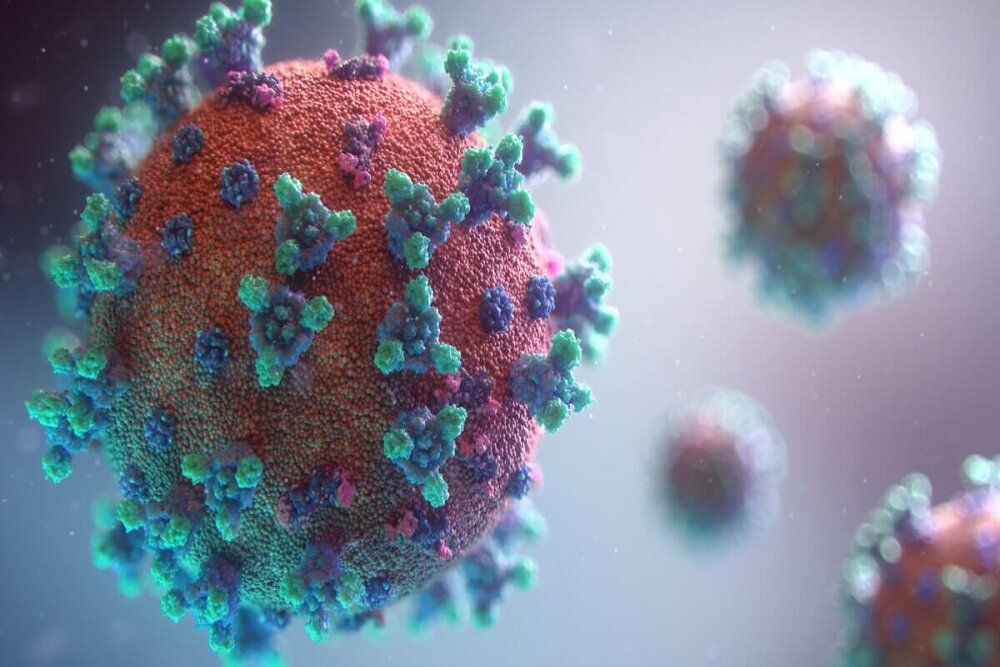The research project “Forecasting the Severity of the Covov -3 Disease of Demographics, Clinical and Laboratory Using Deep Learning Methods” was supported by the National Iranian Foundation for the devise of a rapid and automatic prediction system.
According to RCO News Agency, Ahmad Shalabaf, Associate Professor of Medical Engineering at Shahid Beheshti University of Medical Sciences, explained: The prevalence of Kavid ۲ has rapidly became popular around the world and has become a global health concern with the continuous increase in the number of approved and deceased cases. It has made the economy and health care infrastructure dramatically difficult around the world, targeting organs such as lungs, hearts, kidneys and digestive tract. The severity of the disease varies from asymptomatic mild to serious respiratory problems with shortness of breath, hypoxime and acute respiratory distress syndrome (ARDS).
He added: Acute respiratory distress syndrome is a severe state of lung inflammation that causes anesthesia or hypoxia and brings a high level of death. These patients need to go to the ICU for proper care and need a ventilator.
According to the researcher, various factors can cause more severe illness or poor consequences of the disease. These factors can be classified into demographic characteristics, vital symptoms, and laboratory data.
Shalabaf described the severity of demographics related to the severity of the disease as age, sex, obesity, a history of smoking and economic status, as well as underlying diseases such as diabetes, hypertension, chronic lung disease, cancer, chronic kidney disease and cardiovascular disease, and said body temperature, blood oxygen saturation, maximum blood pressure, and minimum blood pressure.
He said: In this study, our goal was to develop a rapid and automatic prediction system of the Coost -3 development model of demographic, clinical and laboratory information using advanced artificial intelligence methods, including the use of deep neural network algorithm with high accuracy and sensitivity. In other words, in this study, by finding the relationship between independent variables and exacerbation of the disease, we used them as special predictors for the severity of coronary patients. Early predictions for patients with Kuwaiti can reduce the risk of death in these patients by allocating resources and therapeutic planning.
“Our model is based on the data collected on the first day of the patient’s admission,” Shalabaf said. Because a predictor model will be useful and useful when it comes to the first day of the patient’s adoption. This is because it is time to decide by the medical team when the patient needs hospitalization and intensive care and store hospital beds for patients with critical intensity.
The researcher and researcher said: “Since the project began, no comprehensive research was reported to predict the severity of Kuwavid. Therefore, the purpose of this study was to use different algorithms of artificial intelligence and machine learning, especially deep learning methods to determine the severity of Coord -3, from demographic, clinical and laboratory information, which was fortunately realized.
The end of the message
(Tagstotranslate) Vice President of Science and Technology (T) Kuwavid-19
RCO NEWS


















